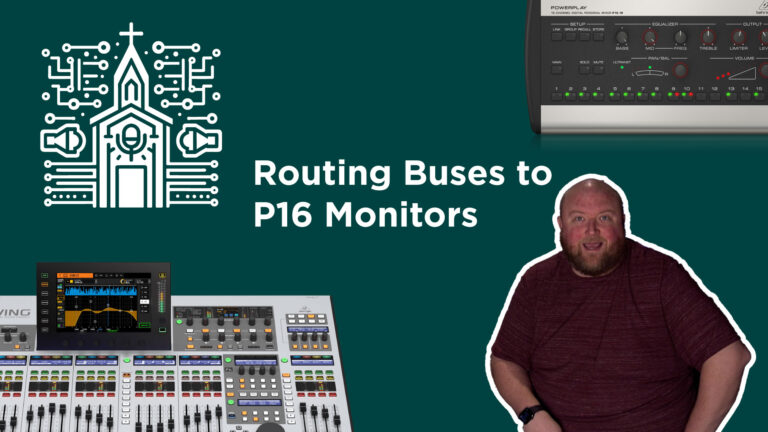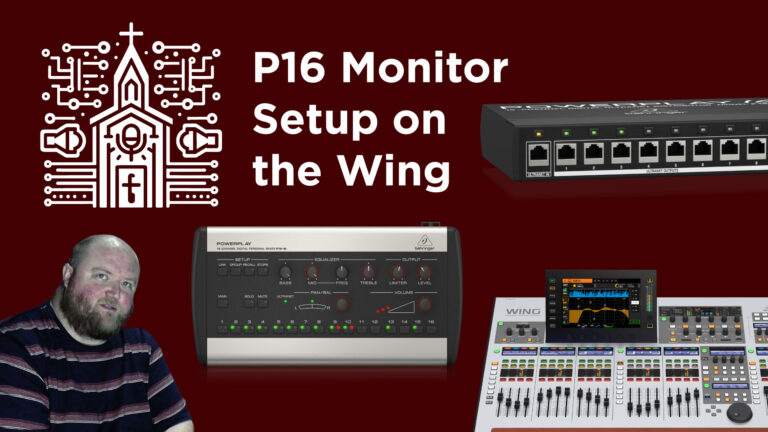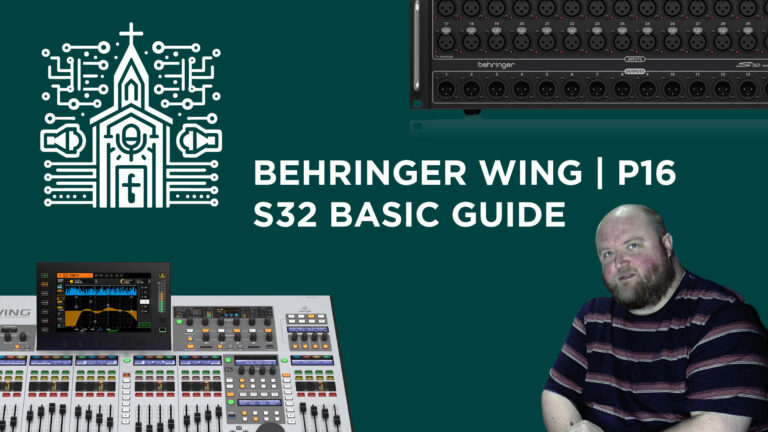Snapshot Essentials on Behringer Wing: Save vs. Update Explained
The article explains the functionalities of the ‘Save’ and ‘Update’ buttons in the Behringer Wing mixer’s snapshot management system. ‘Save’ captures the entire mixer’s settings but recalls only the defined scope, ideal for major changes. ‘Update’ modifies an existing snapshot but is limited to its current scope, suitable for minor adjustments. The article also highlights the ability to edit the scope of a snap, providing flexibility in managing different board settings.








